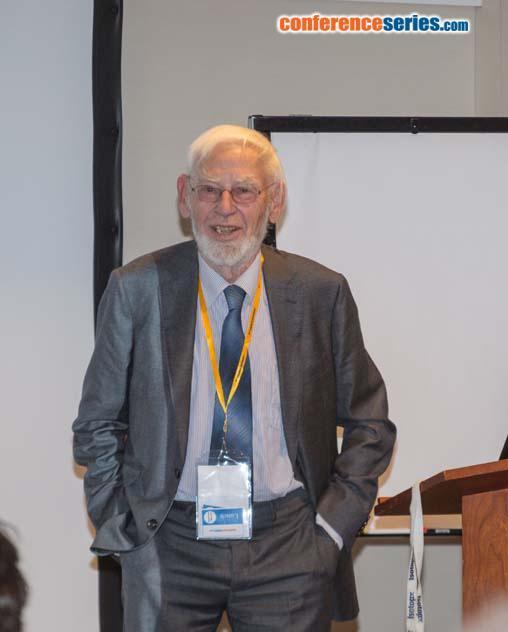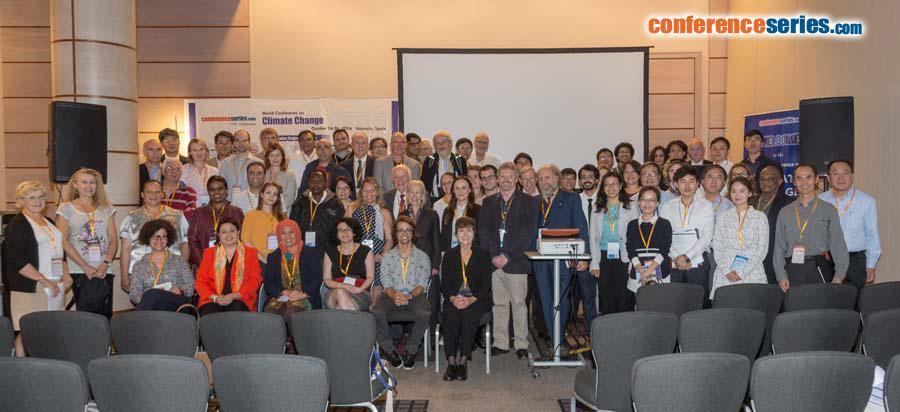
Biography
Biography: R D Schuiling
Abstract
There is much discussion about a possible climate change that is supposedly caused by the fact that we burn huge amounts of fossil fuels, producing large CO2 emissions. The Earth has always emitted much CO2, mainly by volcanoes. It is estimated that volcanoes produce on average 300 million tons of CO2 annually. That raises the question, is all that CO2 now in the atmosphere, the oceans and the biosphere? If one multiplies 300 million tons of CO2 by the age of the Earth (4.5 billion years) the result is an absurdly large number. If all that CO2 had remained in the atmosphere, the CO2 pressure would now be something like 100 Bar and the resulting greenhouse effect would cause a surface temperature of the Earth around 500o Centigrade. Any life would be impossible. As there is life on Earth, there must be a way in which nature has captured almost all that CO2 and stored it somewhere safely. In mathematics this way of reasoning is called an indirect proof. If there are two possible solutions for a problem (case 1: there is no process that has removed the CO2, and case 2: there is such a process), but one of the two leads to a wrong answer, then the other solution must be the right one. It sounds strange to say that everybody knows that process, without realizing it. It is the weathering of rocks which captures the excess CO2. Weathering is the reaction of minerals with water and CO2. First the greenhouse gas CO2 is converted to bicarbonate in solution (then it is no longer a greenhouse gas). In the next step, these bicarbonate solutions are carried by rivers to the oceans, where corals, shellfish and plankton turn them into carbonate rocks. These are the safe and sustainable storage houses of CO2. Lime stones and dolomites contain a million times more CO2 than the oceans, the atmosphere and the biosphere together. It is a logical choice to use this effective process to help us to counter the ongoing climate change. That can be done by enhancing the weathering, by mining olivine, mill it and spread it over land and shallow seas. There are thousands of times more olivine than we will ever need to stabilize the climate. Olivine is the commonest mineral in the Earth, and on every continent in many countries there are vast deposits of it close to the surface, where they can be mined by opencast mining. As the weathering of olivine has been a process that has worked well over the whole history of the Earth, it is highly unlikely that it would suddenly cause environmental problems when we use it to avert climate change.
Speaker Presentations
Speaker PDFs
Speaker PPTs Click Here



